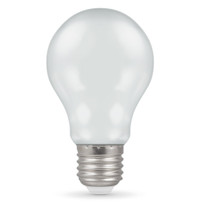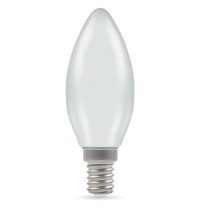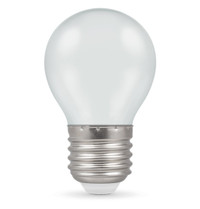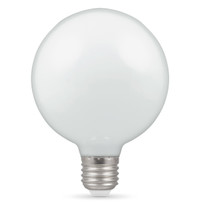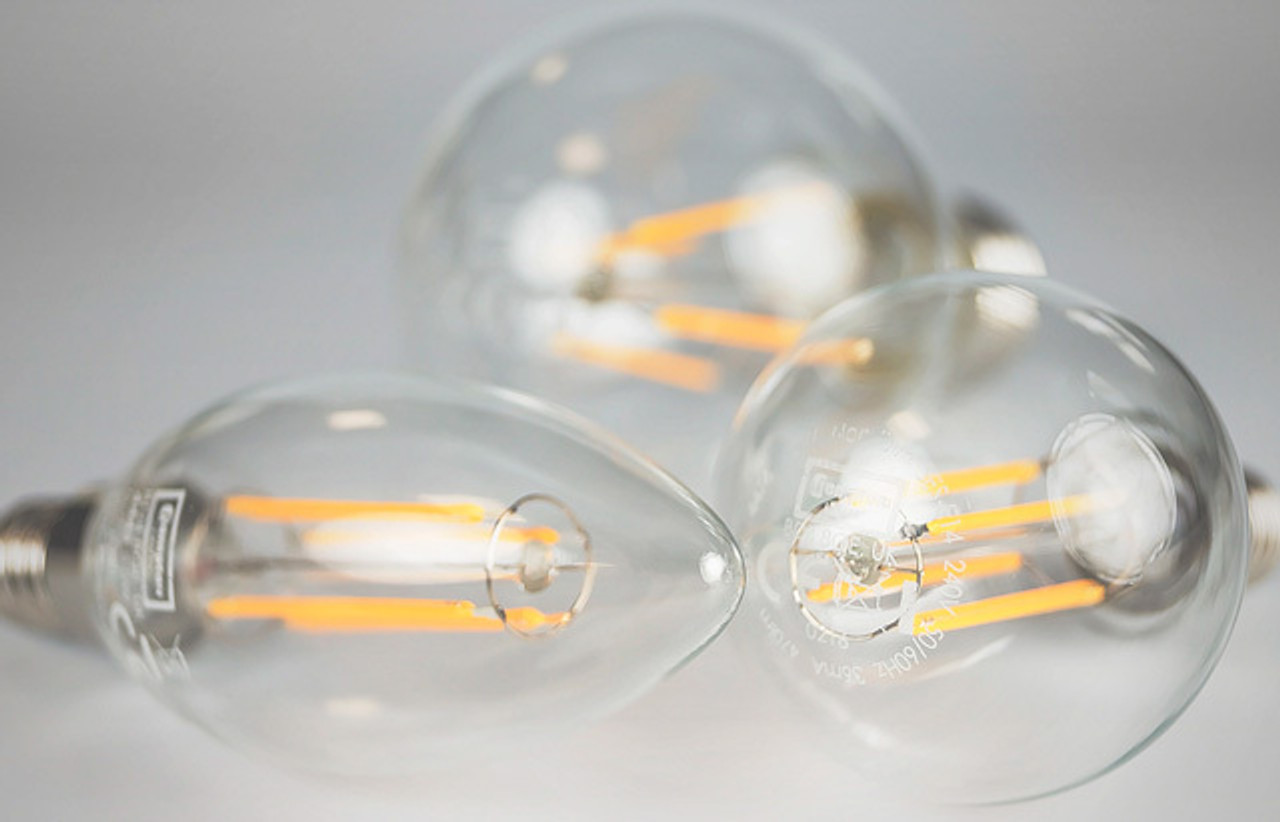
LED Light Bulbs
LED light bulbs are known for their incredible energy efficiency making them extremely popular with our customers. Consuming up to 90% less energy while offering a supremely bright light, LED technology provides immediate energy savings while the lights can last up to 50,000 hours; it's easy to see why so many people are buying LED lights. Browse our wide range of LED bulb shapes from LED GLS, LED candles, LED GU10 and LED spotlights and more.

What are LED lights?
An LED lamp or LED light bulb is an electric light source that produces light using light-emitting diodes (LEDs). LED lights are available in a range of bulb shapes, from popular GLS, candle, golfball and spotlights through to decorative shapes such as ST64, globes or LED strip lights. You can purchase LED bulbs designed for outdoor lighting and even control your lights via voice command with smart home lighting.
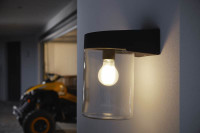
LED light bulb efficiency?
LED lightbulbs are significantly more energy saving than equivalent incandescent, halogen and fluorescent lights. The energy-efficiency is calculated by the dividing the amount of light they emit measured in lumens (lm) by the power the light bulb consumes in Watts (W).
Typical energy efficiencies of different technologies:
- Incandescent 4lm/W
- Halogen 15lm/W
- Fluorescent 70lm/W
- LED 90lm/W

Life span of LED lights
The one area where LED bulbs score highly is in their rated operating life which typically ranges from 10,000 to 50,000 hours. This is 10 to 50 times longer than a typical incandescent lamp so LED lights are ideal for use in areas where maintenance is difficult or long life is important. LED lights benefit of having a much longer life span means the LED lights do not need to be replaced as often.
- Incandescent 4lm/W
- Halogen 15lm/W
- Fluorescent 70lm/W
- LED 90lm/W
Not only are LED good for protecting the climate and our environment by reducing energy usage and subsequently your energy bills - their extra-long life span drastically reduces the amount of waste going into landfill.
In fact, all LED light bulbs can be recycled at your local recycling centre, alternatively we can even recycle your old light bulbs for free via our WEEE recycling scheme.
LED Colour Temperature
LED technology has however advanced a great deal in the last few years and LED lights no longer produce a 'cold', off colour light. The colour of light is measured on the Kelvin scale and is known as colour temperature. It typically ranges from 2400K to 6500K and we categorize these colours into common terms such as warm white, cool white or daylight.
Most LED lights are available in a wide range of colour temperatures which allow you carefully choose the specific colour temperature to cater for your light fitting in the room or task at hand.
Extra-Warm White
Choose extra-warm white (2400K) for a relaxing and intimate light colour suitable for bedrooms or dining rooms. The golden colour is perfect for these locations, as it contains less blue-light, meaning the body can relax as blue light is responsible for affecting circadian rhythms and keeping the mind alert.
Warm White
For living rooms, hallways and general lighting then warm white (2700K) will produce a familiar incandescent yellow-glow that everyone is used to. This colour mimics the yellow glow of a candle and is the most widely used colour choice making them ideal for wall lights, table lamps or ceiling lights.
Cool White
For rooms such as kitchens and bathrooms, a cleaner cool white colour (4000K) is often required as this colour is a neutral white colour with no colour casting. This allows for tasks such as applying makeup or preparing food much easier due to it's brighter, crisper look.
Daylight
Finally, if you are providing light to fill in darker areas of a reception area that already receives natural sunlight, or you wish to display retail goods in detail with the most natural looking colours, then our selection of LED daylight (6000K) coloured bulbs will work best. These lights mimic the colour of a blue, sunlit sky and display colours naturally as if they were outside.
Some companies use non-standard terms when describing the colour of LED light bulbs such as “natural white” or “office white” which cannot be readily compared with other products. To ensure that you are comparing like with like always check the colour temperature (K).


